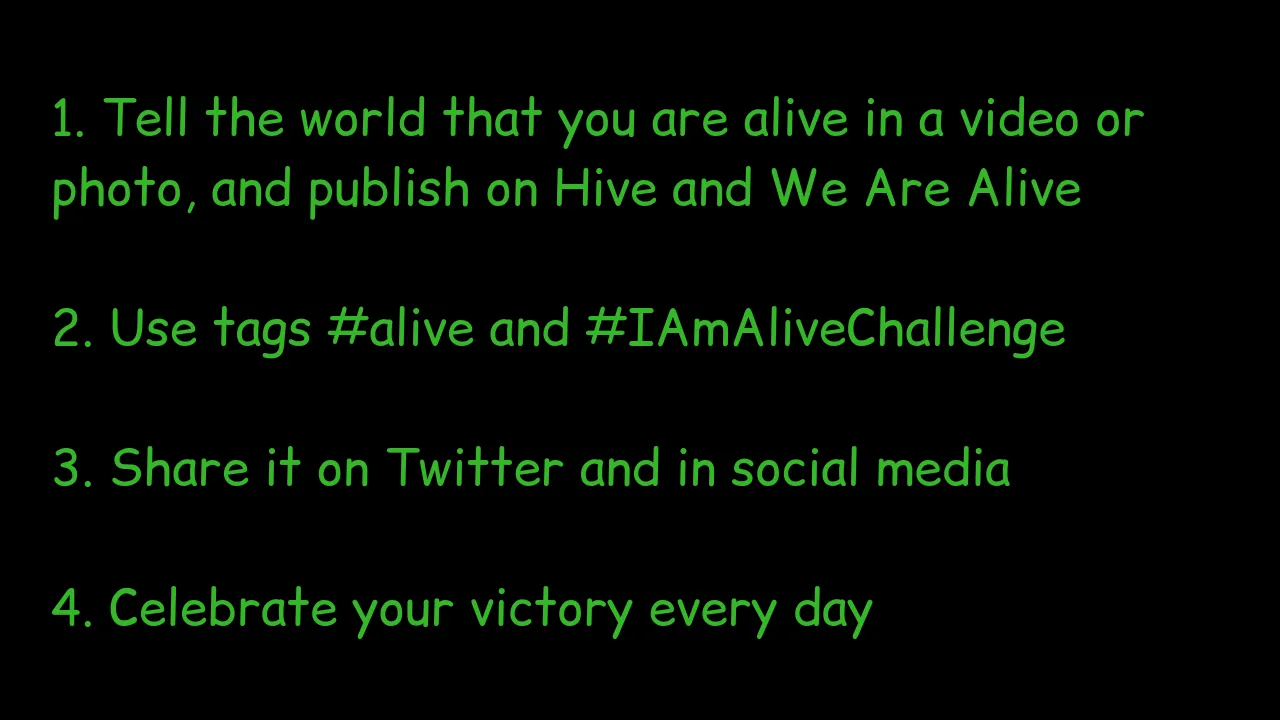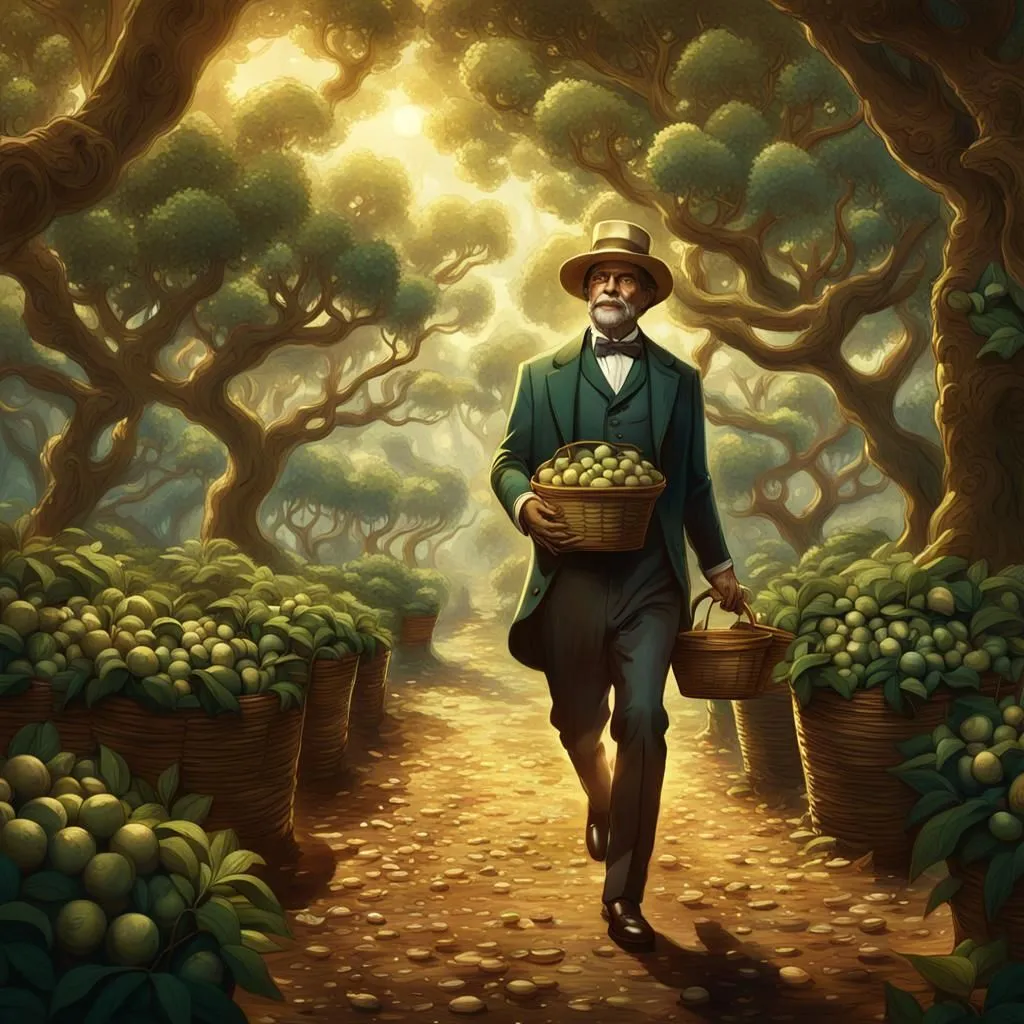
Image's Source - Fuente de la Imagen
"John Macadam, in 1865, walks among macadamia trees"
Image generated in NightStudio - Imagen generada en NightStudio

Spanish Version Bellow
We've had a pretty good Wednesday. On September 4th I went out to pay some outstanding bills, and it was incredibly quick to make the entire trip there and back. We took advantage of the opportunity to do some grocery shopping on the return trip and arrived home without any problems. Although it's not exactly a quiet day, it was certainly a good day.
The not so good part was that the sellers we consulted yesterday about some spare parts for my brother's computer responded negatively, which means we can't solve it with a simple replacement of parts. We have to focus on buying another computer, and that is an expense that was not planned. Luckily, I have enough in my Fiat currency account to buy without having to touch the crypto reserve. It's time to follow the old rule: “If there are expenses, try to get rid of the weakest currency first.”
Other than that, there's not much to tell, it can be summed up as an active day, but in a good way. So I'll share some comments on a day's commemoration that falls under the theme of #food, and that caught my attention today: It's Macadamia Nut Day.
The not so good part was that the sellers we consulted yesterday about some spare parts for my brother's computer responded negatively, which means we can't solve it with a simple replacement of parts. We have to focus on buying another computer, and that is an expense that was not planned. Luckily, I have enough in my Fiat currency account to buy without having to touch the crypto reserve. It's time to follow the old rule: “If there are expenses, try to get rid of the weakest currency first.”
Other than that, there's not much to tell, it can be summed up as an active day, but in a good way. So I'll share some comments on a day's commemoration that falls under the theme of #food, and that caught my attention today: It's Macadamia Nut Day.
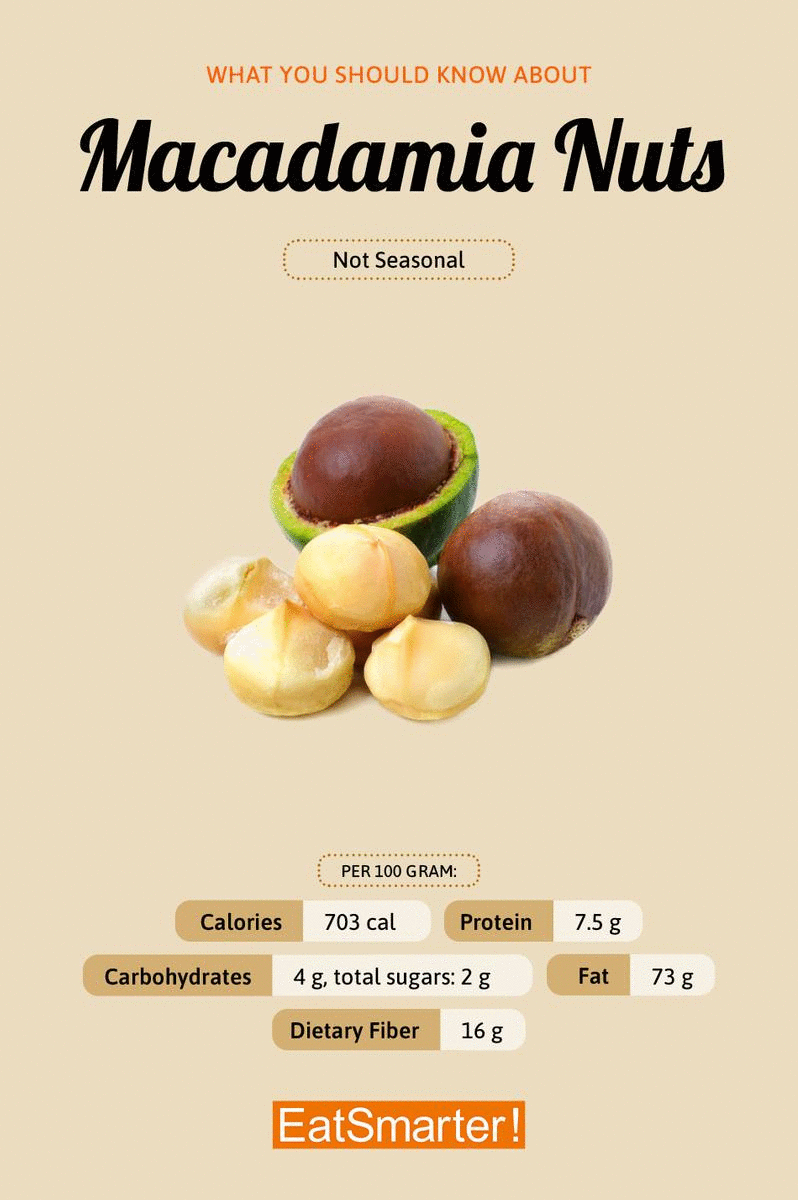
Image's Source - Fuente de la Imagen
#Macadamia is a nut produced by a tree native to Australia. It was one of the plant products discovered and classified by the Burke and Wills expedition (1860-1861). That expedition was extremely important for the knowledge of the continent's coast, in addition to providing great knowledge of the fauna and flora of #Australia. They entered into a territory that was unknown to them, and the price they paid was not low.
Almost half of the members of the exploration died on the trip. That already tells you how dangerous this subject of exploration is. Nowadays, we can think of it as an adventure, but at that time it was about putting one's life at real risk in order to obtain new knowledge.
Almost half of the members of the exploration died on the trip. That already tells you how dangerous this subject of exploration is. Nowadays, we can think of it as an adventure, but at that time it was about putting one's life at real risk in order to obtain new knowledge.
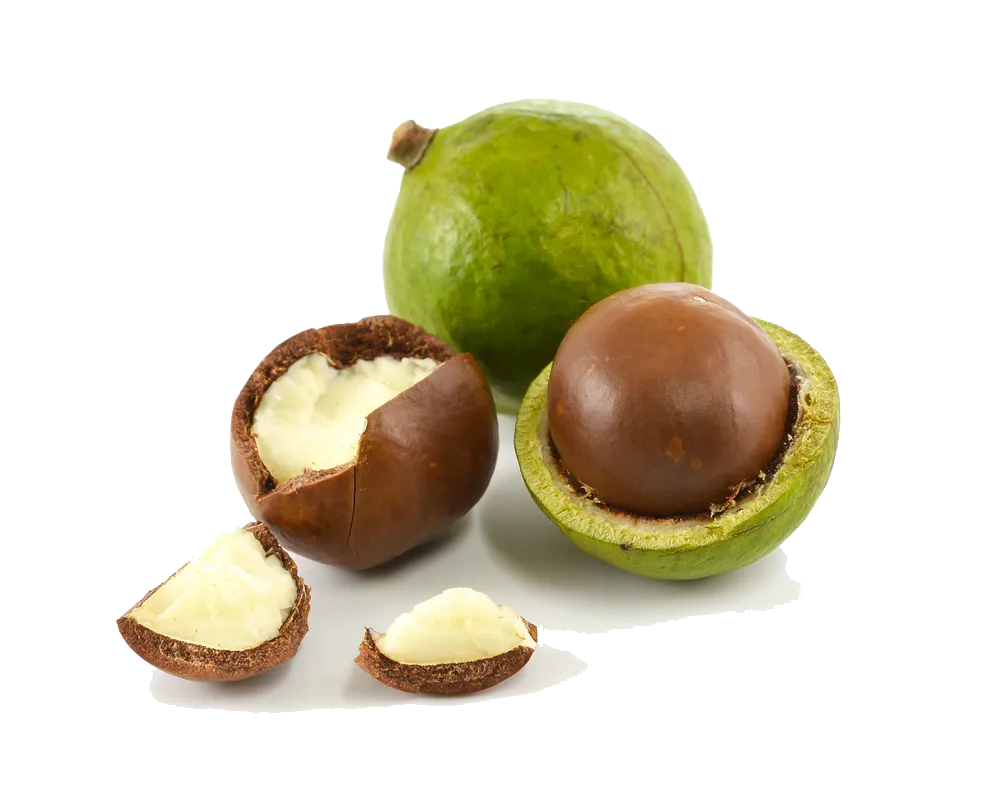
Image's Source - Fuente de la Imagen
Let's go back to the topic of the #nut, also called the 'Queensland nut'. Although the members of the exploration collected the fruits of the tree for study, the Australian aborigines knew about it centuries before. There are sources that say that they already knew about it 500 years ago, but I can't be sure, because there is no written record that validates this for me. Here the issue of oral transmission limits what one can use as evidence of the knowledge of ancestral peoples.
Something curious is that the Europeans who explored Australia already knew about this plant since 1958, according to what I read, so I didn't understand at first how it was related to the 1860 expedition. But, I found that when it came time to do the taxonomy of the collected species, the German botanist Ferdinand von Mueller (who was in charge of studying this plant and its fruit) decided to name it using the surname of the Honorary Secretary of the expedition. This was an acknowledgement of the contributions his friend had made, and the measures he took in planning for the trip.
Yes, the trip was lethal for quite a few of its members, but it seems that if it hadn't been for the Secretary's insistence on adding some additional measures, the death toll could have been worse. This Secretary was Dr. John Macadam.
Something curious is that the Europeans who explored Australia already knew about this plant since 1958, according to what I read, so I didn't understand at first how it was related to the 1860 expedition. But, I found that when it came time to do the taxonomy of the collected species, the German botanist Ferdinand von Mueller (who was in charge of studying this plant and its fruit) decided to name it using the surname of the Honorary Secretary of the expedition. This was an acknowledgement of the contributions his friend had made, and the measures he took in planning for the trip.
Yes, the trip was lethal for quite a few of its members, but it seems that if it hadn't been for the Secretary's insistence on adding some additional measures, the death toll could have been worse. This Secretary was Dr. John Macadam.
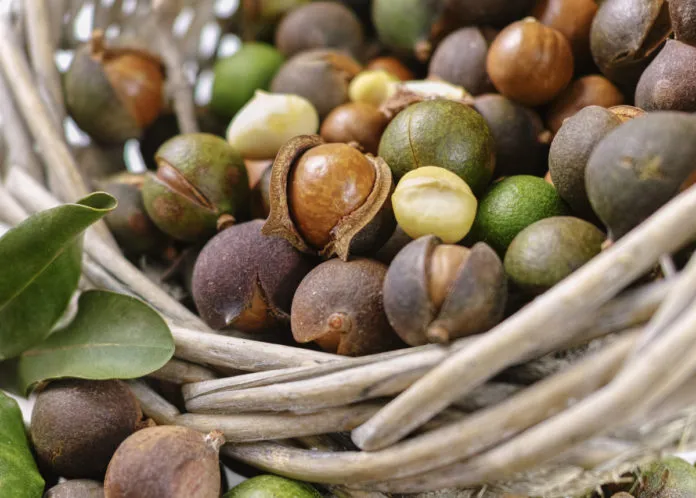
Image's Source - Fuente de la Imagen
Dr. Macadam was an interesting man, of Australian-Scottish nationality, who served as a professor of medicine, politician, chemist, cabinet minister, and researcher. Mueller did him a great favor by immortalizing his surname in a plant that has great health benefits and is very interesting.
I would love to tell you more, but the post is already reaching a length that may be a bit longer than usual, so I have to close the post. Sorry, I really had a lot to add, but it would leave me with such a long post that I hesitate to do so. I hope you are well and that we can meet again another time,
I would love to tell you more, but the post is already reaching a length that may be a bit longer than usual, so I have to close the post. Sorry, I really had a lot to add, but it would leave me with such a long post that I hesitate to do so. I hope you are well and that we can meet again another time,

Versión en Inglés arriba
Hemos tenido un día miércoles bastante bueno. Este 4 de septiembre salí a pagar unas cuentas pendientes, y fue increíblemente rápido hacer todo el viaje de ida y vuelta. Aprovechamos para hacer compras de víveres en el viaje de regreso y llegamos a casa sin problemas. Aunque no es exactamente un día quieto, ciertamente fue un día bueno.
La parte no tan buena fue que los vendedores a los que consultamos ayer sobre unas piezas de repuesto para la computadora de mi hermano respondieron negativamente, eso hace que no podamos resolver con una simple sustitución de piezas. Nos toca enfocarnos de comprar otra computadora, y ese es un gasto que no estaba previsto. Por suerte, tengo suficiente en mi cuenta de moneda Fiat para comprar sin tener que tocar la reserva en crypto. Toca cumplir la vieja regla: “Si hay gastos, procura deshacerte primero de la moneda más débil”.
Fuera de esto, no hay mucho para contar, se puede resumir en que fue un día activo, pero en un buen sentido. Así que pasaré a compartir comentarios sobre una efeméride del día que corresponde al tema de #comida, y que me llamó la atención para hoy: Es el Día de la Nuez de Macademia.
La parte no tan buena fue que los vendedores a los que consultamos ayer sobre unas piezas de repuesto para la computadora de mi hermano respondieron negativamente, eso hace que no podamos resolver con una simple sustitución de piezas. Nos toca enfocarnos de comprar otra computadora, y ese es un gasto que no estaba previsto. Por suerte, tengo suficiente en mi cuenta de moneda Fiat para comprar sin tener que tocar la reserva en crypto. Toca cumplir la vieja regla: “Si hay gastos, procura deshacerte primero de la moneda más débil”.
Fuera de esto, no hay mucho para contar, se puede resumir en que fue un día activo, pero en un buen sentido. Así que pasaré a compartir comentarios sobre una efeméride del día que corresponde al tema de #comida, y que me llamó la atención para hoy: Es el Día de la Nuez de Macademia.

Image's Source - Fuente de la Imagen
La #macademia es un fruto seco producido por un árbol nativo de Australia. Fue uno de los productos vegetales descubiertos y clasificados por la expedición de Burke y Wills (1860-1861). Esa expedición fue en extremo importante para el conocimiento de la costa del continente, además de que aportó un gran conocimiento de la fauna y flora de Australia. Se adentraron en un territorio que les era desconocido, y el precio que pagaron no fue bajo.
Casi la mitad de los miembros de la exploración murieron en el viaje. Eso ya te dice lo peligroso que es este tema de la exploración. En nuestra actualidad podemos pensarlo como una aventura, pero en ese tiempo se trataba de poner en verdadero riesgo la vida para lograr obtener nuevo conocimiento.
Casi la mitad de los miembros de la exploración murieron en el viaje. Eso ya te dice lo peligroso que es este tema de la exploración. En nuestra actualidad podemos pensarlo como una aventura, pero en ese tiempo se trataba de poner en verdadero riesgo la vida para lograr obtener nuevo conocimiento.

Image's Source - Fuente de la Imagen
Regresemos al tema de la #nuez, también llamada ‘nuez de Queensland’. Si bien los miembros de la exploración recolectaron los frutos del árbol para su estudio, los aborígenes australianos lo conocían con siglos de anterioridad. Hay fuentes que dicen que ya sabían de él desde hace 500 años, pero no puedo tener certeza, porque no hay un registro escrito que me valide esto. Acá el asunto de la transmisión oral limita lo que uno puede usar como pruebas de saberes de pueblos ancestrales.
Algo curioso es que los europeos que exploraban Australia ya conocían esta planta desde 1958, según leí, así que no entendí al inicio como es que se relacionaba con la expedición de 1860. Pero, encontré que cuando llegó el momento de hacer la taxonomía de las especies recolectadas, el botánico alemán Ferdinand von Mueller (que se encargó de estudiar esta planta y su fruto) decidió nombrarla usando el apellido del Secretario Honorario de la expedición. Este fue un reconocimiento a los aportes que su amigo había hecho, y las medidas que tomó en la planificación para el viaje.
Si, el viaje fue letal para bastante de sus miembros, pero parece que si no hubiera sido por la insistencia del Secretario por agregar algunas medidas adicionales, pudiera haber sido peor la cantidad de muertes. Este secretario era el Doctoro John Macadam.
Algo curioso es que los europeos que exploraban Australia ya conocían esta planta desde 1958, según leí, así que no entendí al inicio como es que se relacionaba con la expedición de 1860. Pero, encontré que cuando llegó el momento de hacer la taxonomía de las especies recolectadas, el botánico alemán Ferdinand von Mueller (que se encargó de estudiar esta planta y su fruto) decidió nombrarla usando el apellido del Secretario Honorario de la expedición. Este fue un reconocimiento a los aportes que su amigo había hecho, y las medidas que tomó en la planificación para el viaje.
Si, el viaje fue letal para bastante de sus miembros, pero parece que si no hubiera sido por la insistencia del Secretario por agregar algunas medidas adicionales, pudiera haber sido peor la cantidad de muertes. Este secretario era el Doctoro John Macadam.

Image's Source - Fuente de la Imagen
Macadam era un interesante hombre, de nacionalidad australiano-escocés, se desempeñó como profesor de medicina, político, químico, ministro del gabinete, e investigador. Mueller le hizo un gran favor al inmortalizar su apellido en una planta que tiene grandes beneficios para la salud y es muy interesante.
Me encantaría contarte más, pero ya el post está llegando a una extensión que puede ser un poco mayor de la habitual, así que me toca cerrar el post. Lo siento, en verdad que tenía mucho para agregar, pero me quedaría una publicación tan larga que dudo en hacerlo. Te deseo que tú estés bien y que nos podamos leer de nuevo en otra oportunidad,
Me encantaría contarte más, pero ya el post está llegando a una extensión que puede ser un poco mayor de la habitual, así que me toca cerrar el post. Lo siento, en verdad que tenía mucho para agregar, pero me quedaría una publicación tan larga que dudo en hacerlo. Te deseo que tú estés bien y que nos podamos leer de nuevo en otra oportunidad,

This post, on the #blockchain #Hive, is in the We Are Alive Tribe community, it's part of the #IAmAliveChallenge
This challenge is an initiative of @flaxz
The 4 points to join the #IAmAliveChallenge, includes using the hashtag #alive to post to We Are Alive Tribe and earn ALIVE tokens.
This challenge is an initiative of @flaxz
The 4 points to join the #IAmAliveChallenge, includes using the hashtag #alive to post to We Are Alive Tribe and earn ALIVE tokens.
Esta publicación, en la #blockchain #Hive, está en la comunidad We Are Alive Tribe, es parte del #IAmAliveChallenge
Este desafío es iniciativa de @flaxz
Los 4 puntos para unirte al #IAmAliveChallenge, incluyen el uso de la etiqueta #alive para publicar en We Are Alive Tribe y ganar tokens ALIVE.
Este desafío es iniciativa de @flaxz
Los 4 puntos para unirte al #IAmAliveChallenge, incluyen el uso de la etiqueta #alive para publicar en We Are Alive Tribe y ganar tokens ALIVE.
